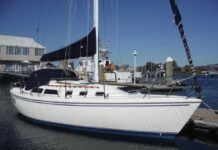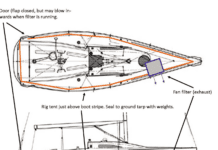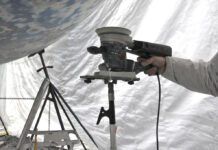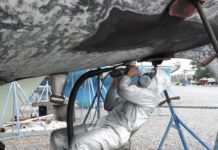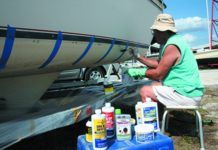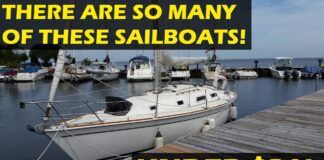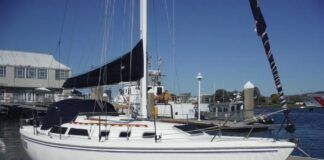Compasses and Dip
Thank you for your informative article on Steering Compasses (August1). I was wondering if the Sestrel Major Binnacle Sailboat Compass is still being manufactured or why it wasn’t included in your survey. You didn’t give a website or address for Sestrel. Could this be good old anti-British sentiment?
Secondly, I was wondering if “Southern Hemisphere Dip” is of any consequence for any of the compasses in your survey; you didnt mention this important magnetic correction or list any measurements. I thought I recently read somewhere that even a couple of the boats in the last Volvo Ocean Race were surprised by this phenomena when their compass cards bottomed out?
-Al Milbert
Annapolis, MD
Sestrel compasses are now made by SIRS Navigation Ltd. in the UK (www.sirs.co.uk). As for being anti-British, no sir. We are, if anything, philes, not phobes.
True, we didnt address the subject of compass dip (a.k.a. magentic dip and card dip) in our evaluation of the compasses, but it wasn’t due to hemispheric prejudice-more to a lack of page space and confidence that the great majority of our readers won’t run into a problem with it.
In a nutshell, compass cards incline toward their nearest magnetic pole, usually in imperceptible amounts. The closer they are to the poles, the more influenced they become by the converging lines of magentic force. The phenomenon is much more pronounced in the southern hemisphere.
According to Ken LeBlanc of Danforth, most compass-makers have “zone balancing charts” that show magnetic latitude lines (not to be confused with geographic parallels of latitude) to guide the amount of dip to be adjusted for in compasses by the manufacturer. When dealers around the world order compasses, they specify their location according to these zones. Danforth uses six such zones; most of the commonly navigated northern hemisphere is Zone 1.
Compass dealers south of the equator order their compasses with cards balanced for the zones of their customers; thus, most people in both hemispheres never have to worry about the problem.
Compass dip becomes an issue if you’re planning to sail from the northern to the southern hemishere, or vice versa. Ken LeBlanc says the compasses cannot be adjusted for dip in the field-they have to be returned to the manufacturers, or to their authorized service centers, so the cards can be rebalanced. Thus, he says, some people who sail across the equator carry two compasses, each pre-set to correct for dip in one hemisphere.
———-
Alden “Wet” Paper Gone
I bought my boat used and now own some old but workable equipment. I have an Alden Weather Fax 3 that works, but I have no source for the fax paper. I am told it is “wet paper.” Alden is out of business, leaving me nowhere to turn. I would hate to retire the machine since it is a very valuable tool and expensive to replace.
-Adam Gershuny
Via e-mail
We spoke with Greg Patrick of Trionics (16910 Texas Avenue, Suite A8 Webster, Texas 77598; 800/223-5727). Trionics deals in all sorts of marine-related paper for weather fax, echosounders, navtex, etc. Mr. Patrick confirms that the “wet” Alden paper has indeed disappeared, and knows of no source for leftovers.


